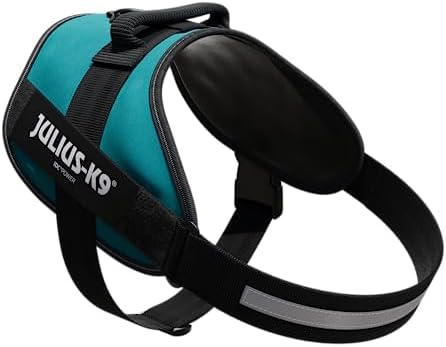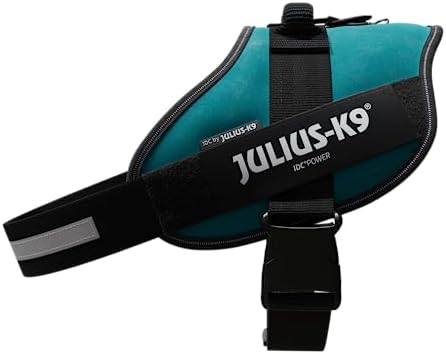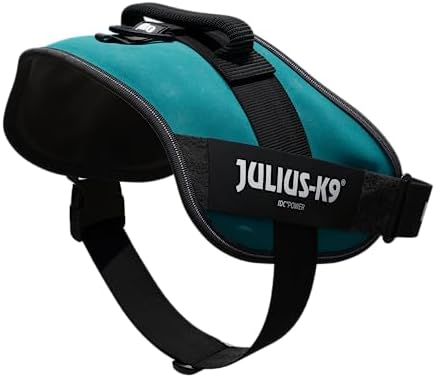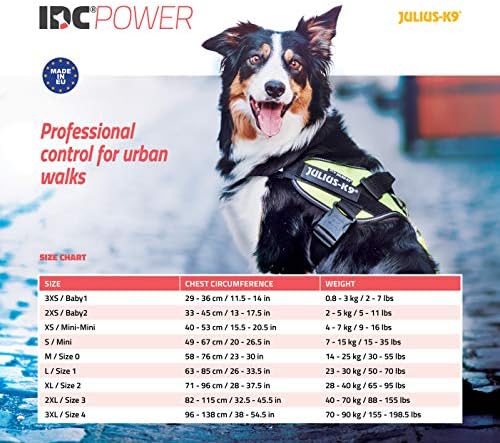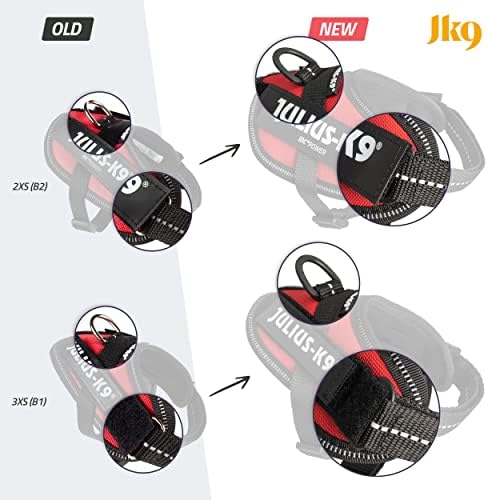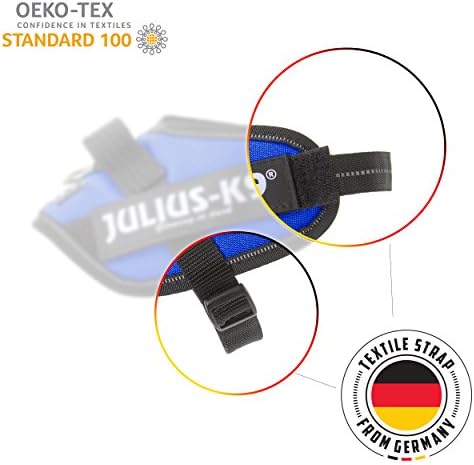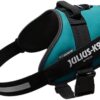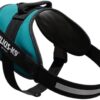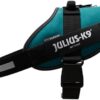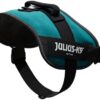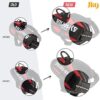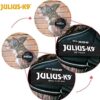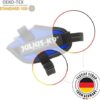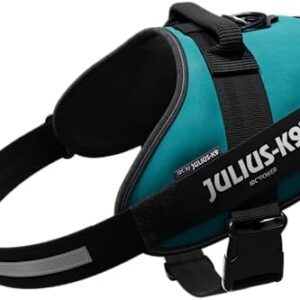Price: $89.44
(as of Sep 26,2023 21:50:13 UTC – Details)


<p>What to do if the dog gets rid of the harness? </p><p>The Julius-K9® chest harnesses have been designed for easy handling and use. These dog harness types are therefore most commonly used during city walks or when working with service dogs. Due to improper use of the leash, size adjustment or adjustment of the harness, some dogs can still get rid of the harness. </p><p>If the lead is accidentally pulled over the dog's head in the opposite direction as the harness, the harness can be removed from the dog. </p><p>This can happen if… </p><p><ul><li>the dog harness is too loose, </li><li>the dog starts to move backwards and tries to run away, </li><li>the dog stays behind and is pulled behind on the lead. </li></ul></p><p>Please note: </p><p>Dog harnesses are used to guide the dog on the lead gently and gently, to hold the dog and allow the owner to hold it back in an emergency. A dog harness is not a coercive tool. When you face the dog, do not pull it in your direction on the lead and never pull the dog behind you, as the dog can hurt itself. Improper leash guidance can cause the dog to try to escape. If the dog detaches itself from the harness in such a case, the wrong leash handling can be blamed for it. </p><p>So you and your dog walk safely with dog harness </p><p>If the dog is prone to panic or feels unsafe near traffic, it is recommended to use the handle on the top of the harness to hold the dog. In such a case, it is also a good idea to use the collar and dog harness together on a double carabiner lead when walking. In this way, the dog can be guided more securely on one hand and the collar does not overload the dog's neck if it suddenly needs to be held back. The Y-strap or the pressure distribution cushion, which can be retrofitted to the dog harness, also allow an even safer and more comfortable rest of the harness. </p><p>How to adjust the dog harness </p><p>The appropriate size and correct adjustment is essential for any type of dog harness. Before using the dog harness for the first time, it is very important to read and follow the instructions for use carefully. For chest harnesses, the belly belt of the dog harness must be adjusted so that only one palm can be pushed between the inner lining of the harness and the dog's back. The chest strap should be adjusted to fit four fingers between the dog's front leg and the chest strap of the dog harness. Harnesses that are too loosely adjusted can be dangerous because the dog can get rid of them. But a dog harness that is too tight should also be avoided. </p><p>How to properly guide your dog on the lead </p><p>When walking, the lead should always be loose and only be held firmly if there is a good reason for it, e.g. B. if you are forced to suddenly hold the dog back due to a traffic situation. If the dog is afraid, panicked or simply does not want to continue, you should not try to continue walking and or pulling. If possible, keep the lead loose, but keep it short and additionally grab the handle of the harness by standing behind the dog. </p><p>In some rare cases, it may be difficult to get certain dogs used to a dog harness. In such cases, we recommend seeking help from a professional dog trainer who works with positive reinforcement. </p>
Sturdy and easy-to-use harness from premium quality materials, made in Europe
Interchangeable hook & loop patches – your dog may wear the patches of your choice
Reflective edges and chest strap for increased visibility and safety
Adjustable front and belly straps, heavy duty buckles and breathable skin friendly inner liner


